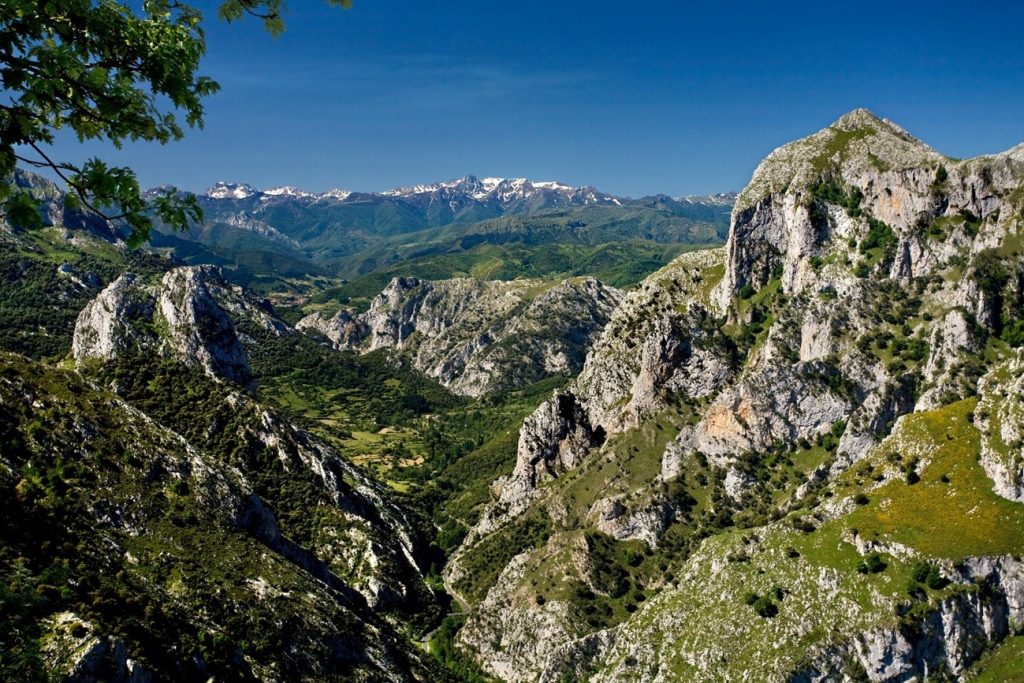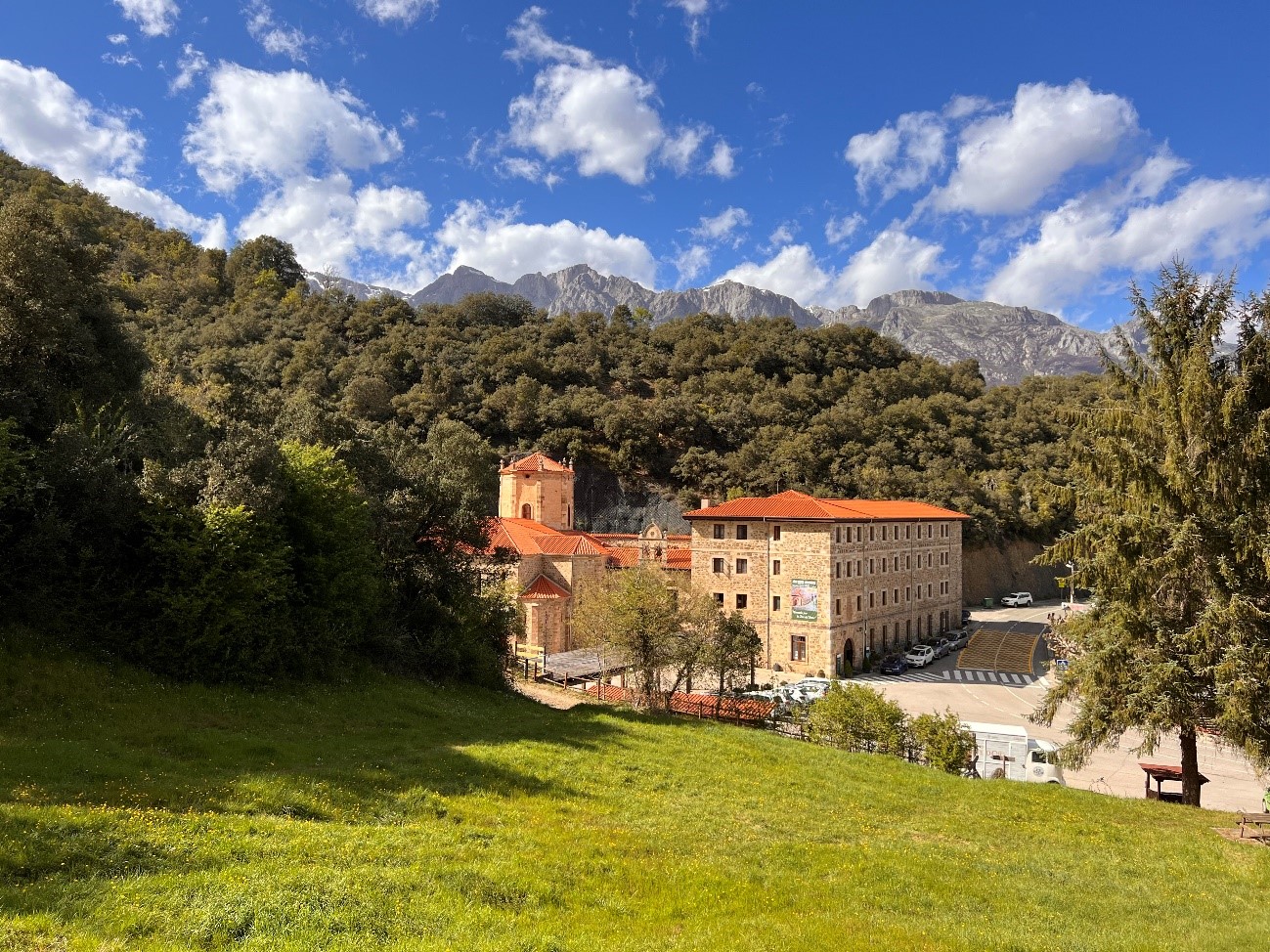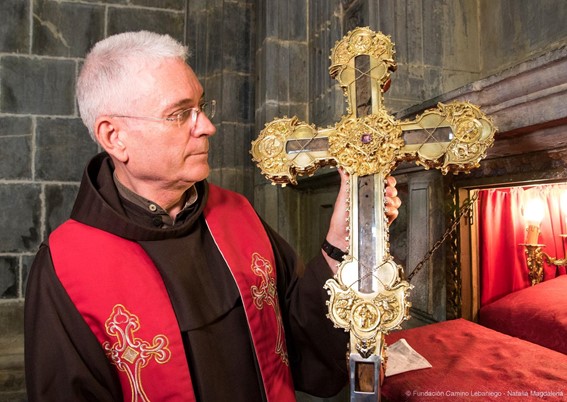Article translated by an automatic translation system. Press here for further information.
The Lebaniego Road and the Jubilee Year Lebaniego
29/06/2023
 Image:
Cantabria Turismo
Image:
Cantabria Turismo The origins of the Lebaniego Road
The Lebaniego Road is a pilgrimage road that arose with the aim of venerating the remains of Santo Toribio, bishop of Astorga, and later, the relics of the Crucis Lignum, the largest preserved fragment of the Cross of Christ recognized by the Church, brought by the Holy One from Jerusalem. Both objects of worship and devotion were transferred after the Muslim invasion to the monastery of San Martin de Turieno (today Santo Toribio de Liébana) for their protection and custody.

This fact caused the monastery to have become, from the Middle Ages, a pilgrimage center with its own identity, being a mandatory stop by those pilgrims who headed their steps to Santiago de Compostela in order to rest, heal and worship the Holy Leño and the remains of Santo Toribio de Astorga, to whom healing and miraculous powers were conferred. As a result, this sacred cenobium was granted the privilege of Jubilee by Pope Julius II in 1512 and ratified three years later by Pope Leo X, a recognition he shares with Rome, Jerusalem and Santiago de Compostela since that time. Then, the jubilee covered eight days: the feast of Santo Toribio, on April 16, and seven days later. But it was in 1967 that Pope Paul VI extended the celebration throughout the year and established the beginning of the Jubilee Year every time the feast of Santo Toribio, on April 16, fell on Sunday.

Jubilee Year
This year the forty-fourth Jubilee Year 2032-2024 has been inaugurated, an event catalogued as “Exceptional Public Interest”, which entails the exaltation of human values, culture and, above all, people, pilgrims and all those who keep the Camino and its millennial traditions alive.
What is different from the Lebaniego Road
The Camino Lebaniego comprises a total of 72 kilometers that link sea and mountain, connecting the marine village of San Vicente de la Barquera with the small temple gathered between the folds of Monte La Viorna, Santo Toribio de Liébana. A path that can be made in 3 stages and, although demanding on a physical level, is widely rewarded thanks to the richness and spectacularity of its landscapes. It has a differentiated mark in relation to other pilgrimage routes, as it crosses mountainous areas of great natural value and much of the route lies on the Natura 2000 network.
There are several pilgrimage routes that connect with the monastery and that are consolidated as cultural and natural axes:
- from the province of León, there are the Leonés Road and the Vadinian Road.
- from Palencia, the Camino Lebaniego Castellano.
- from Asturias, the Asturian Road and the Way of the Sanctuaries.
In addition to the Lebaniego Road, the Camino de Santiago del Norte or the Costa crosses the coast of Cantabria, making it the only region in the Christian world to have two pilgrimage routes declared a World Heritage Site by UNESCO.
If you want more information about the Camino Lebaniego, you can get it on your official website Camino Lebaniego.